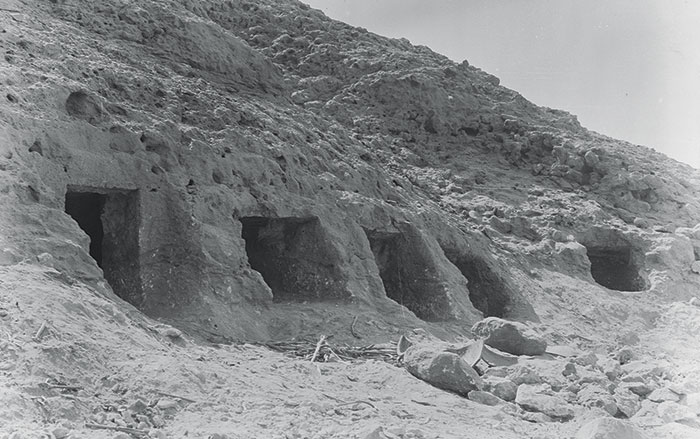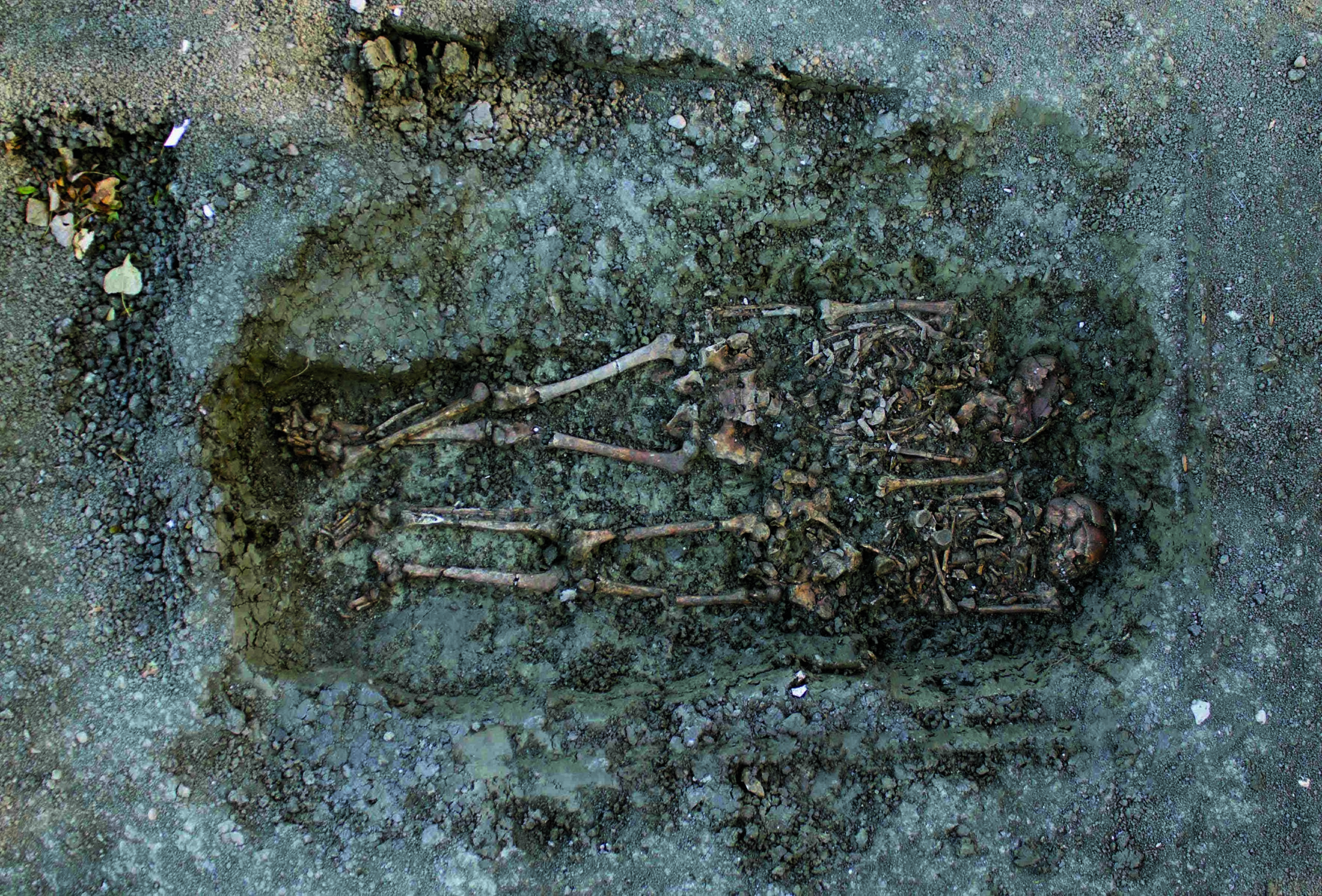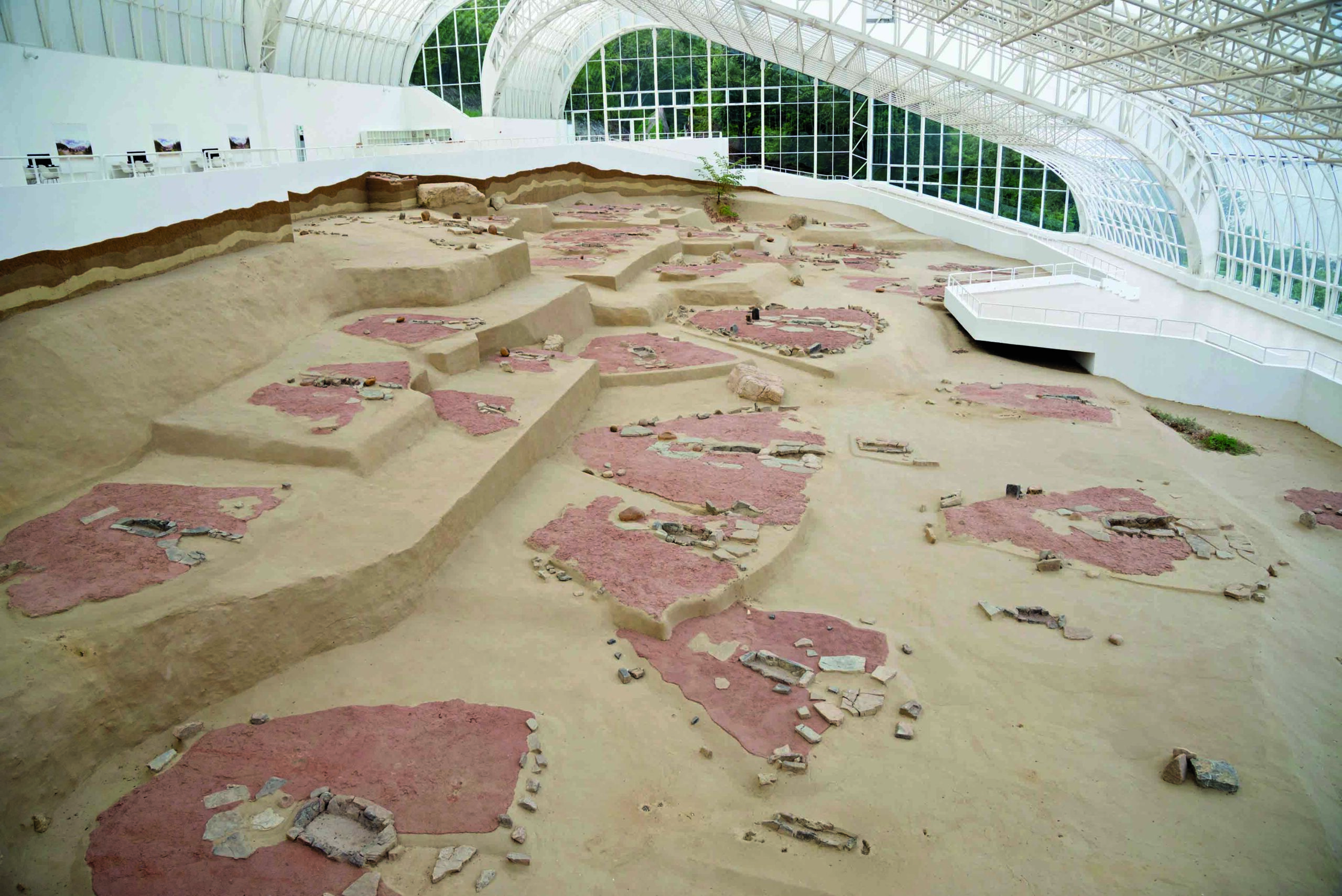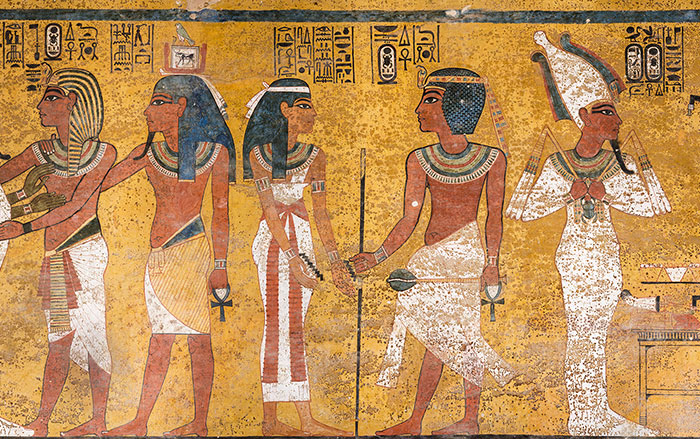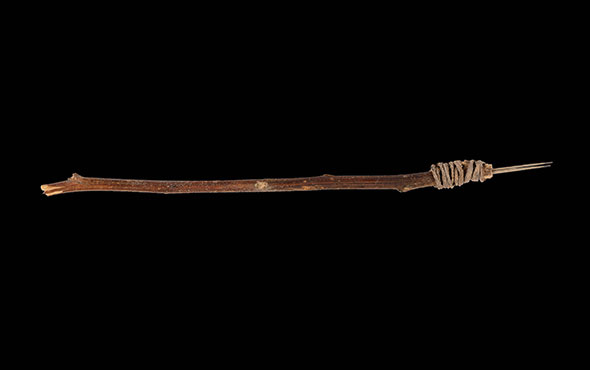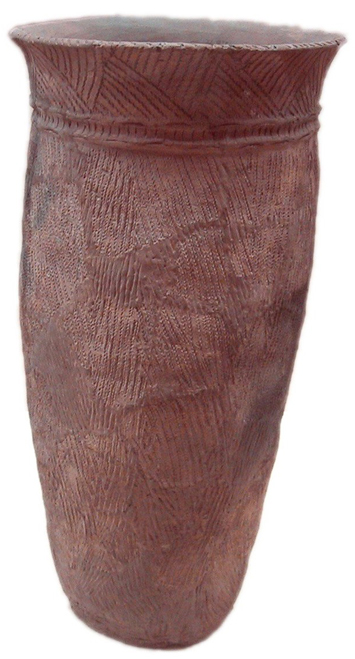
TOKYO, JAPAN—The Asahi Shimbun reports that Jun Ohashi of the University of Tokyo and his colleagues have used genetic analysis to find evidence of a decline in population that occurred in Japan several thousand years ago. The team analyzed the genomes of modern Japanese men and other men of East Asian heritage and isolated sections of the Y chromosome found only in ethnically Japanese men. These sections are thought to have been inherited from Japan’s prehistoric Jōmon population. Archaeological evidence suggests the population of Jōmon hunter-gatherers declined some 3,000 years ago, at a time when global temperatures and sea levels dropped. The researchers found a corresponding decrease in the number of different ancestral Y-chromosome sequences. During such a drop in the population, one particular DNA sequence may have become more common, which would explain why it makes up more than 35 percent of the Y chromosomes of ethnically Japanese men today, Ohashi explained. Japan’s population rebounded and increased some 2,500 years ago with the arrival of Yayoi farmers from the Korea Peninsula, who mixed with the surviving Jōmon hunter-gatherers, he added. To read about evidence of a Jōmon tattooing tradition, go to “Dogu Figurine.”


